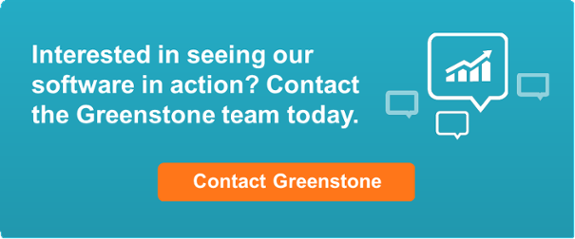Navigating the yellow brick road: Future-proofing your sustainability data
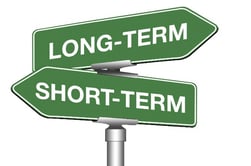 Greenstone’s Head of Client Services, David Wynn spoke at edie’s Smarter Sustainability Reporting conference in London last week. David spoke to the audience on ‘Future-proofing your data for 2020 and beyond’ emphasising the importance of creating a data strategy that enables long term sustainability reporting goals.
Greenstone’s Head of Client Services, David Wynn spoke at edie’s Smarter Sustainability Reporting conference in London last week. David spoke to the audience on ‘Future-proofing your data for 2020 and beyond’ emphasising the importance of creating a data strategy that enables long term sustainability reporting goals.
David used the analogy of the Wizard of Oz to describe an organisation’s non-financial reporting journey. Where we’re initially engaging different people for advice (conducting a stakeholder materiality assessment) and know we need to get to the Wizard (setting long term KPIs and targets) but are not necessarily defining the yellow brick road in order to get there (the data strategy that underpins our reporting journey).
Data for the long term
With organisations under pressure to set ever more stretching targets comes an increased focus on understanding how a data strategy is going to feed into delivering on non-financial targets in the long-term. Science-Based Targets and The Global Goals for Sustainable Development (SDGs) are two key examples of recent reporting trends that have been a driver for this shift to long-term thinking and target setting. In order to be able to report robust and relevant data, organisations need to consider implementing a data strategy that will future-proof their reporting.
Embedding a data strategy should enable organisations to define a clear path for data management, facilitate reporting resilience, engage stakeholders in the data, embrace technology and balance their short- and long-term reporting effectively.
1. Embedding a data management process
When embedding a data management process, there are a number of key considerations organisations should take.
- Existing processes – Rather than attempting to create something from scratch, what’s already in place that can be used as a platform for a new process? Similarly, what existing processes need to be potentially navigated around?
- Boundaries – Consider the reporting boundary you’ll cover, if suppliers will need to be engaged, scopes included and importantly how these things might change in the future.
- Internal and external stakeholders – Building a network of contacts with a clearly defined, common goal is important. You can define roles using a responsibility assignment matrix (Responsible, Accountable, Consulted, and Informed).
- Timing – When in the year should tasks take place and what are the timescales for data collection, analysis and verification? Is there time to set up a dry-run report?
- Aims, objectives and performance indicators – A best practice data strategy will clearly define these for the strategy itself as well as for targets. What does good look like?
- Channels of engagement – How can team calls, meetings and written communications be leveraged? The greatest impact comes from linking these to the aims, KPIs and objectives of the data strategy.
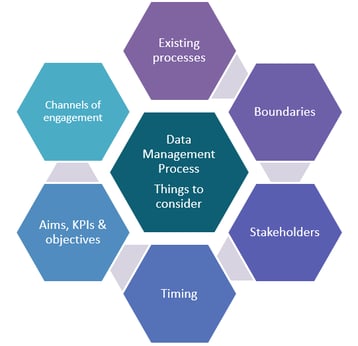
2. Facilitate reporting resilience
Traditionally reporting has been a cyclical process of “collect – analyse – report” on a monthly, quarterly or yearly cycle. Future-proofing your data encourages organisations to put continuous data collection at the heart of the process, from which reporting snapshots can be taken at desired intervals. Materiality should still play a key role in defining what data needs to be gathered but continually feeding a data management process (and/or system) means that inter-reporting and ad-hoc analysis can be more simply carried out.
In a landscape that seems to be putting more and more pressure on organisations to report non-financial information, a data strategy will only become more important in ensuring resilience to new or changing reporting requirements. Further B2B reporting, an increased breadth and moving beyond annual reporting to short term (microsites) and long-term thinking (SDGs) are demonstrating that organisations with data at the heart of their reporting are able to leverage single data sets for a plethora of reporting needs.
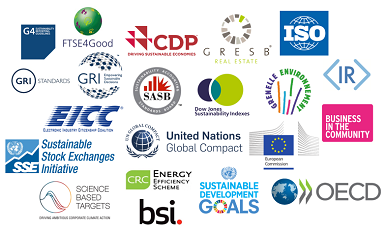
3. Engage stakeholders in the data
Future-proofing data means that stakeholders are engaged with a defined process for inputting, analysing and reporting information. As well as fostering buy-in, this allows for different stakeholder groups to be engaged with the process in a way that resonates with their roles and priorities. For example, the best organisations wouldn’t engage with a data analyst who is migrating their current spreadsheet management system to a more sustainable online platform in the same way a Managing Director might be engaged with training on accessing a series of KPI Dashboards.
In our Wizard of Oz analogy, we need to consider how the people we meet along the yellow brick road can be engaged with to foster buy in to a pre-defined pathway. A clear data strategy will create buy in for these different audiences.

4. Embrace technology
Software is an opportunity for an organisation to anchor their data strategy around a focal point of engagement. The benefits of technology for future-proofing non-financial data include:
- Single hub – Technology offers a home for all non-financial data
- Sustainable – A system and process that supersedes staff changes
- Cost effective – A solution to time consuming offline and “death-by-spreadsheet” processes
- Enables change – Implementation drives behaviour change and kick-starts materiality
- Analytical evidence – Enables automated data comparisons, benchmarking and flagging of data
- User-centric – A tailored stakeholder experience
- Adaptable – A flexible system that changes with the reporting landscape
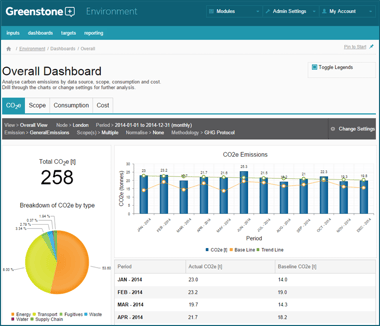
There’s a growing trend that organisations are being asked to provide more reporting, more often and in a more audience-focused way. As such it can be difficult to balance the frequency and level of detail for most impactful reporting.
For some the digitalisation of reporting offers an opportunity to break free from the shackles of a bulky annual PDF report. Snapshot updates on the most-material issues through microsite updates, briefings and social media can provide stakeholders with more frequent information on an organisation’s most material KPIs. To balance this short-term reporting, organisations are leveraging online evergreen content (e.g. management approaches) that don’t change as often and can be updated less frequently. Although some argue that this deconstructs the traditional report model, for many it offers a structure that aligns more closely with stakeholder appetite for timely and relevant information.


